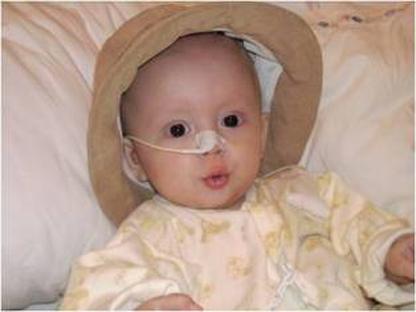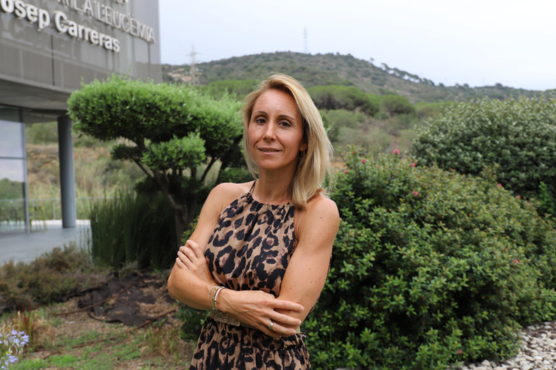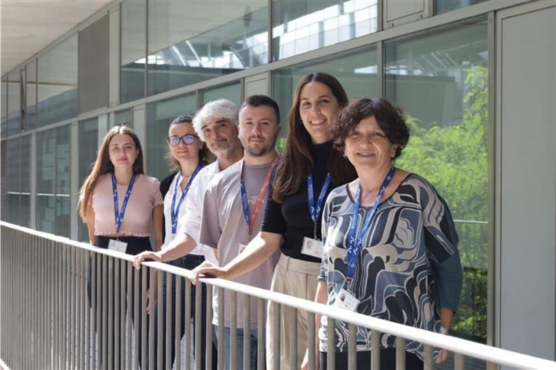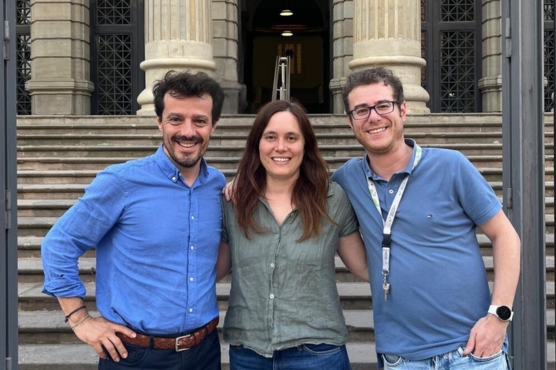Report regarding allogeneic bone marrow transplants
3 out of 4 patients that require this procedure do not have a compatible family member. This situation is further complicated by the urgent need to find a genetically identical donor from somewhere in the world. The Bone Marrow Donor Registry, created and administered by the José Carreras Foundation against leukaemia since 1991, is the official body charged with carrying out the search for “opportunities” for Spanish patients. In addition, they assist foreign patients in the case that there is a compatible Spanish donor.
However, is a bone marrow transplant (from a donor) ‘only’ a cure for leukaemia? No, definitely not. There are an increasing number of patients who require this method of treatment in order to overcome a diverse range of diseases. It is important to state that a transplant of hematopoietic stem cells (bone marrow, peripheral blood, or umbilical cord blood) is a delicate process and can lead to a range of side effects. Despite this, it remains the only hope for a cure for many diseases. One of the scientific objectives of the José Carreras Foundation is to perfect this method of treatment and discover a definitive cure, in addition to improving the quality of life of the patients.
With this report we aim to inform you of the diseases that, in addition to acute leukaemias, could require a bone marrow transplant.


Above; Cassià in the arms of his father, Below; Nico and Muhammed.
Cassià (1 year old), Nico (1 year old) and Mohammed (7 years old), are Young survivors that have received a transplant from an unrelated donor. They have all overcome a congenital immunodeficiency. Cassià and Nico suffered from a rare disease called Severe Combined Immunodeficiency and Mohammed suffered another rare illness called Griscelli Syndrome. All have one thing in common; they were born with a defected immune system that could not fight infections or other foreign elements in the body.


Blai nowadays, above, and Joel nowadays.
Blai is 24 years old and from Valencia, and Joel is a 6 year old boy from Tarragona. Both underwent transplants from an umbilical cord blood unit. They also suffered from a rare illness called Congenital Bone Marrow Failure, which consists of the disappearance of bone marrow stem cells that are charged with producing the blood cells (red blood cells, white blood cells and platelets).
The myelodysplastic syndromes, especially those which have a high risk of developing into Acute Myeloid Leukaemia, are another group of diseases that could require a transplant. This group of diseases are characterized by a defect in the bone marrow stem cells (which are charged with producing the blood cells), which causes the production of abnormal cells, incapable of performing their normal functions. In addition, the normal quantity of cells is not produced. It is important to categorize patients according risk as age and the severity of the wide variety of the clinical forms of the myelodysplastic syndromes are very heterogeneous.


Paz and Rodrigo, when they were undergoing treatment for their respective diseases.
Paz, 47, and Rodrigo, 5, are both from the province of Toledo, and both know well what it is like to face such a disease. The former, suffered from Secondary myelodysplastic syndrome after having survived ovarian cancer. She is currently receiving treatment in order to undergo a bone marrow transplant.
Young Rodrigo was diagnosed with Juvenile Myelomonocytic Leukaemia when he was only 6 months old. One year later, he underwent a bone marrow transplant procedure from a Danish donor, and he is currently doing very well.

Rubén, above, and Andrea.
Today Rubén, 27, and teenage Andrea are recovering progressively from Hodgkin’s Lymphoma. This is a disease that normally does not require an allogeneic transplant but in both cases, due to various relapses following autologous transplants meant that this step became necessary. The same occurs with other subtypes of the disease, such as some aggressive non-hodgkin’s lymphomas.
These are only some of the disorders that require an allogeneic transplant but there are many more. To ensure that all of these patients have a second chance it is necessary to increase the number of bone marrow donors in Spain.
These serious diseases affect a lot people in Spain each year, with many depending exclusively on the altruism and solidarity of a stranger. A donor has nothing to lose and only faces a small amount of discomfort, whilst gaining the opportunity to possibly save a life.







